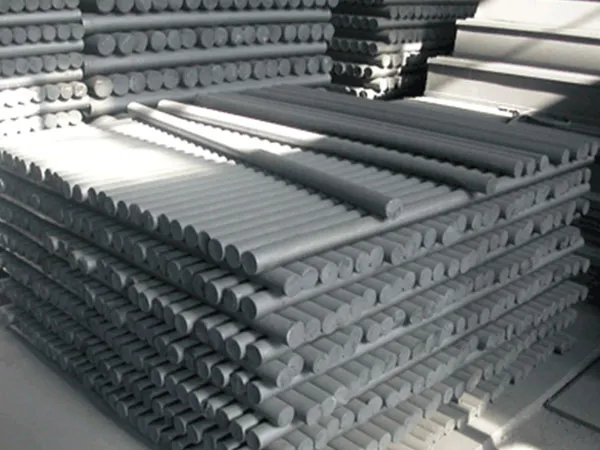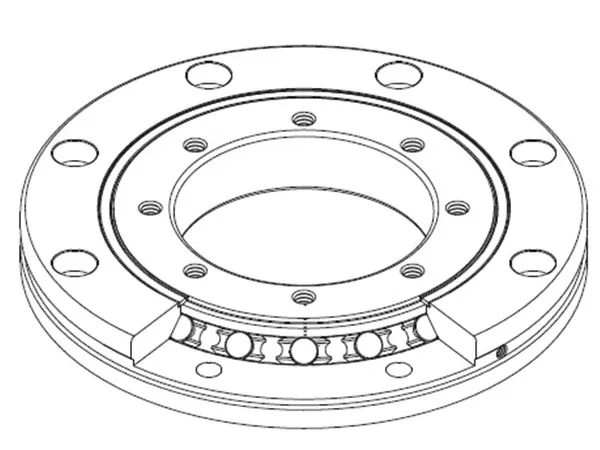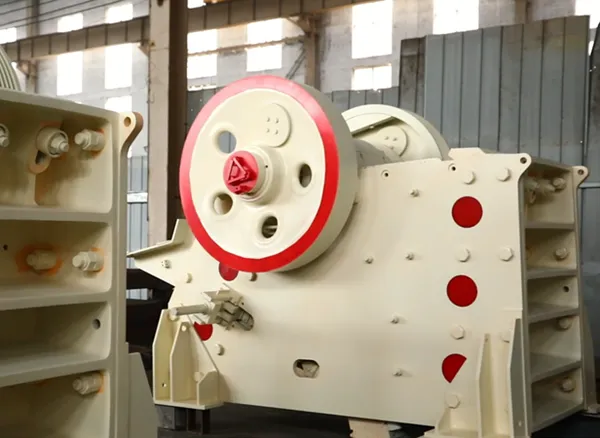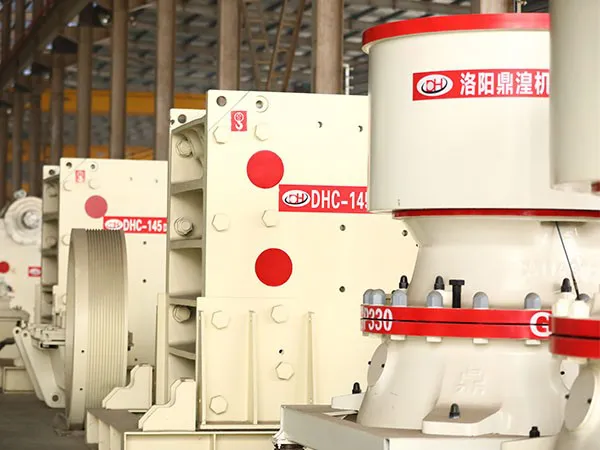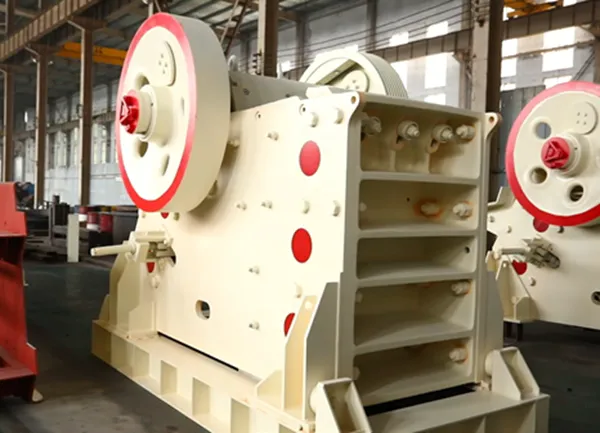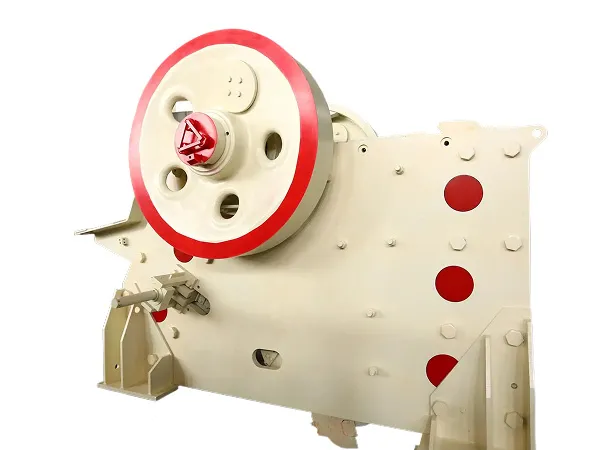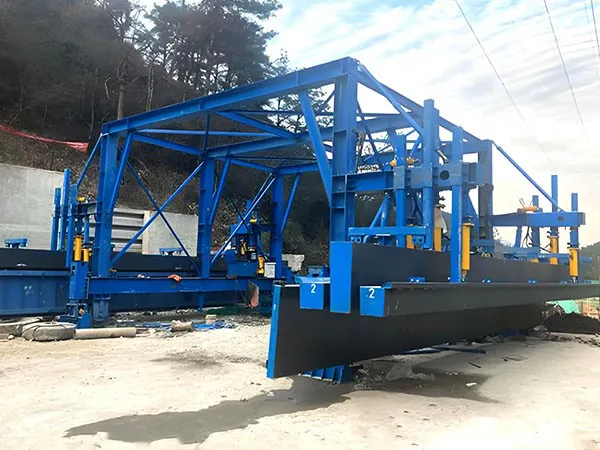Silicon carbide (Sic) crucibles and crisoles de grafito are both used for high-temperature applications like melting metals, but they have significantly different properties, ventajas, and disadvantages due to their distinct material compositions.
Difference between Silicon Carbide Crucible and Graphite Crucible
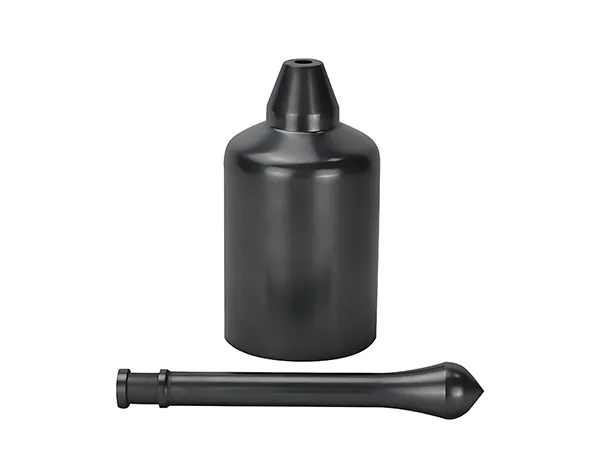
1. Material Composition:
Carburo de Silicio (Sic) Crucible: Made from silicon carbide, a hard ceramic compound of silicon and carbon (Sic). Often contains binders like clay (clay-bonded SiC) or silicon nitride (nitride-bonded SiC) to hold the SiC grains together.
Crisol de grafito: Made primarily from graphite, an allotrope of carbon. Can range from relatively low-purity amorphous carbon/graphite mixtures to high-purity isostatic graphite. May sometimes have clay binders as well, especially in lower-cost versions, or protective glazes.
2. Oxidation Resistance:
Sic: Has good oxidation resistance up to high temperatures (typically ~1400-1650°C or 2550-3000°F, depending on the type and atmosphere). It forms a protective layer of silicon dioxide (SiO₂) in oxidizing atmospheres (like air), which slows down further oxidation. This is a major advantage over graphite for use in air.
Grafito: Has poor oxidation resistance. It begins to oxidize (burn away) in air at temperatures above ~500-600°C (932-1112°F). For high-temperature use, graphite crucibles require an inert atmosphere (como argón o nitrógeno), a vacuum, or a protective coating/glaze to prevent rapid degradation.
3. Conductividad térmica:
Sic: Good thermal conductivity, allowing for reasonably fast heating.
Grafito: Excellent thermal conductivity, typically higher than SiC. This allows for very rapid and uniform heating of the contents.
4. Resistencia al choque térmico:
Sic: Generally good thermal shock resistance, but can be more susceptible to cracking from rapid temperature changes than graphite, especially clay-bonded types.
Grafito: Excellent thermal shock resistance due to its high thermal conductivity and low thermal expansion coefficient. It can withstand rapid heating and cooling cycles very well.
…
For more detailed information about the difference between silicon carbide crucible and graphite crucible, por favor haga clic para visitar:https://www.czgraphite.com/a/news/difference-between-silicon-carbide-crucible-and-graphite-crucible.html

